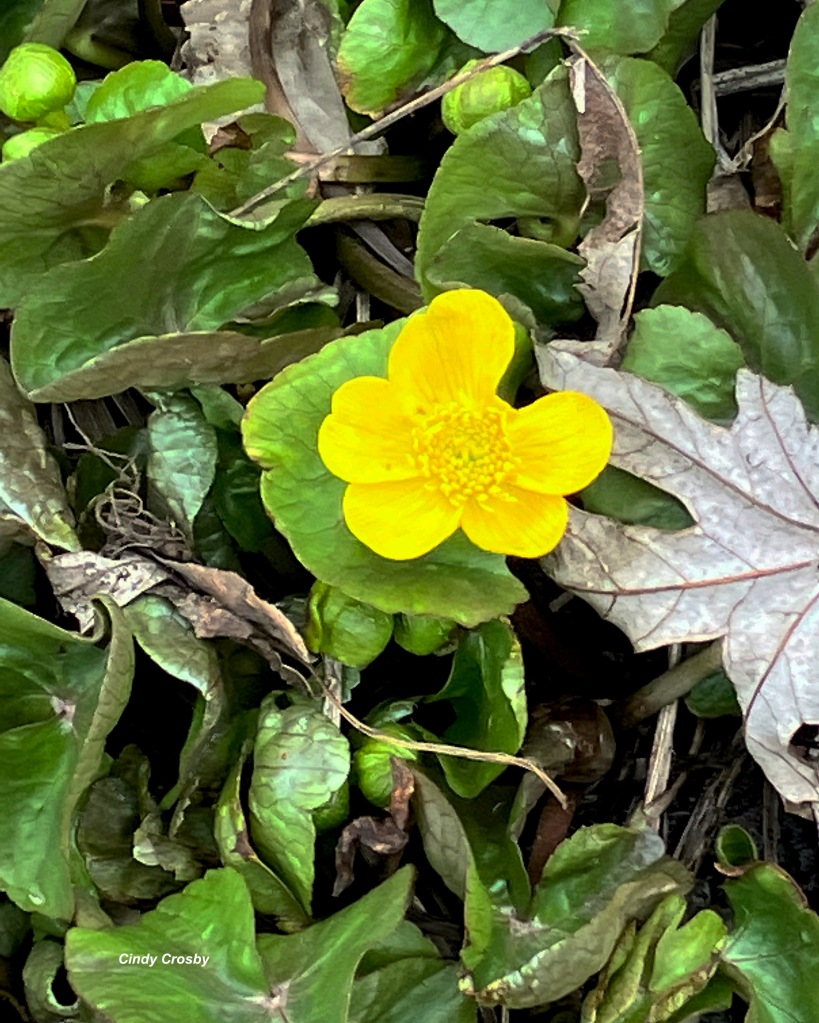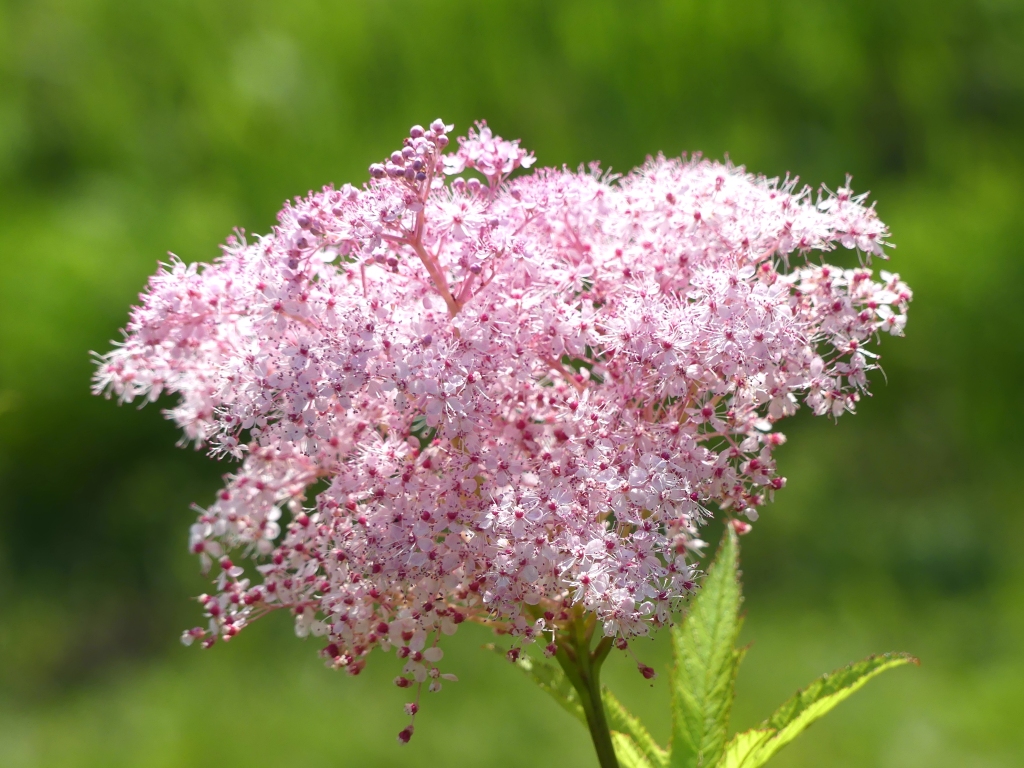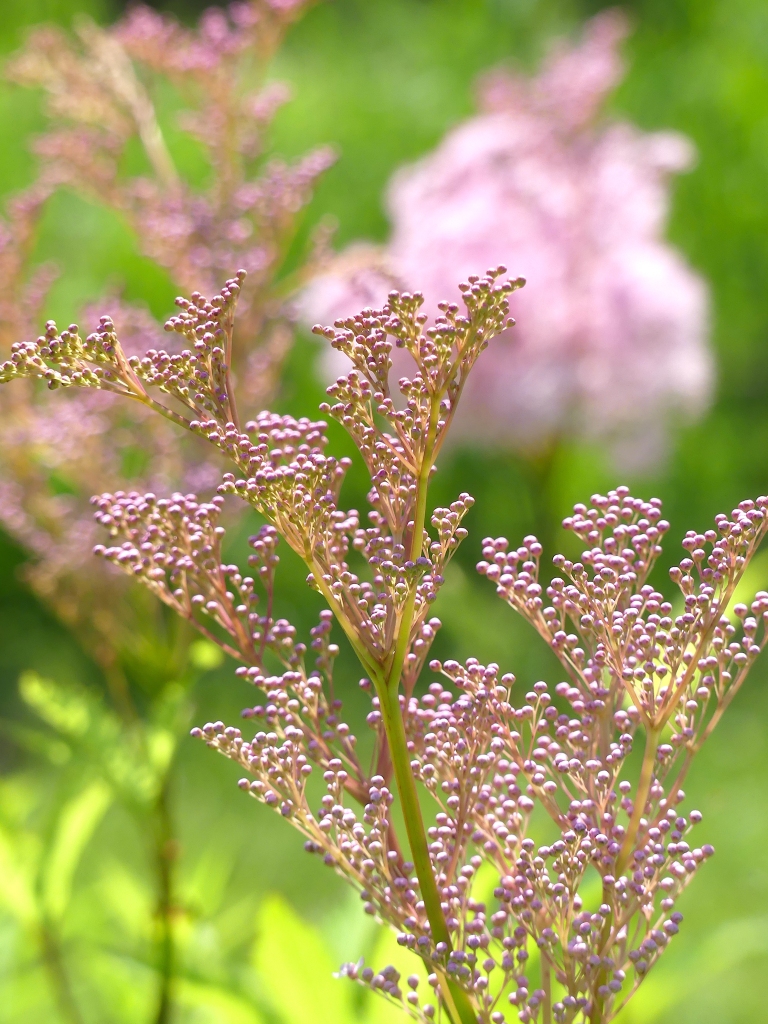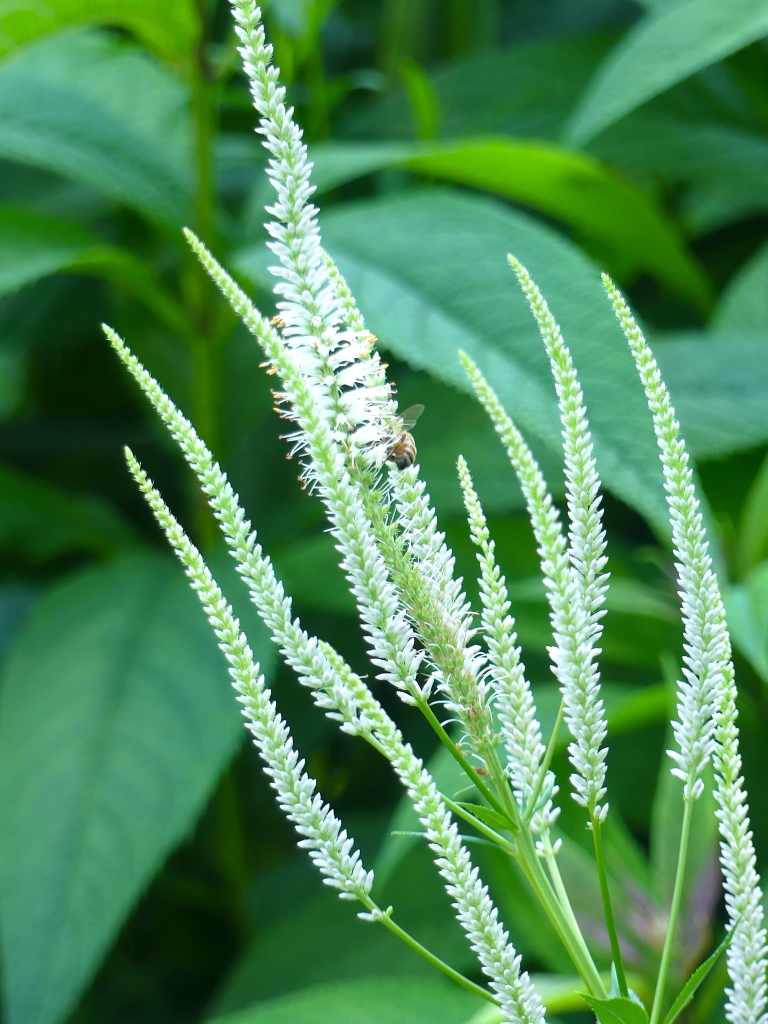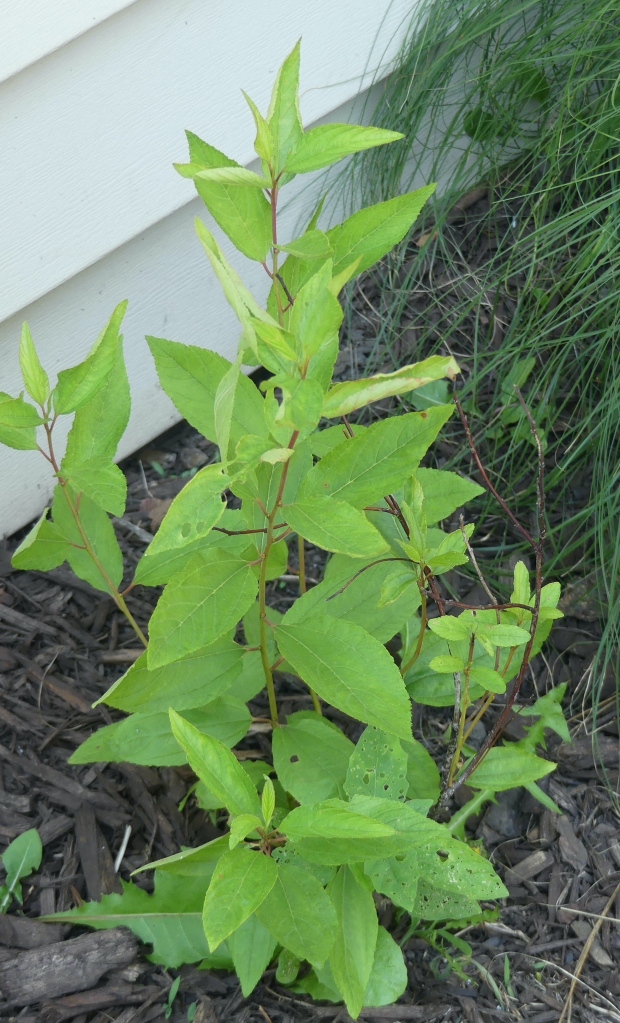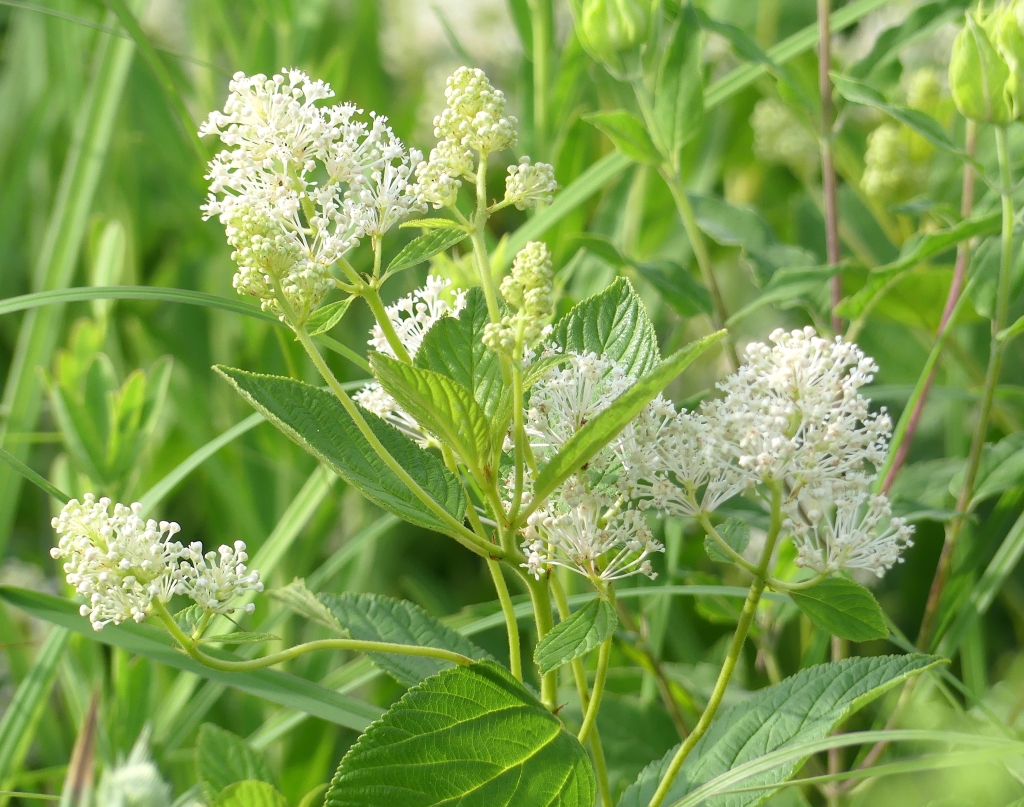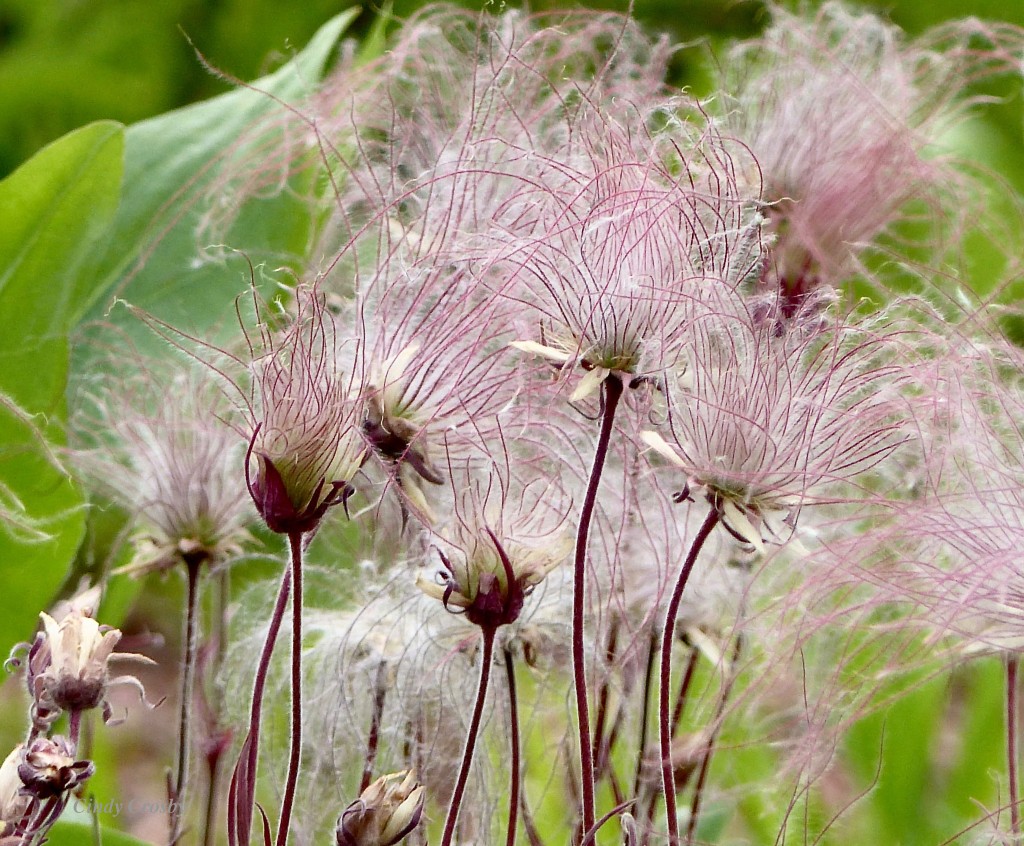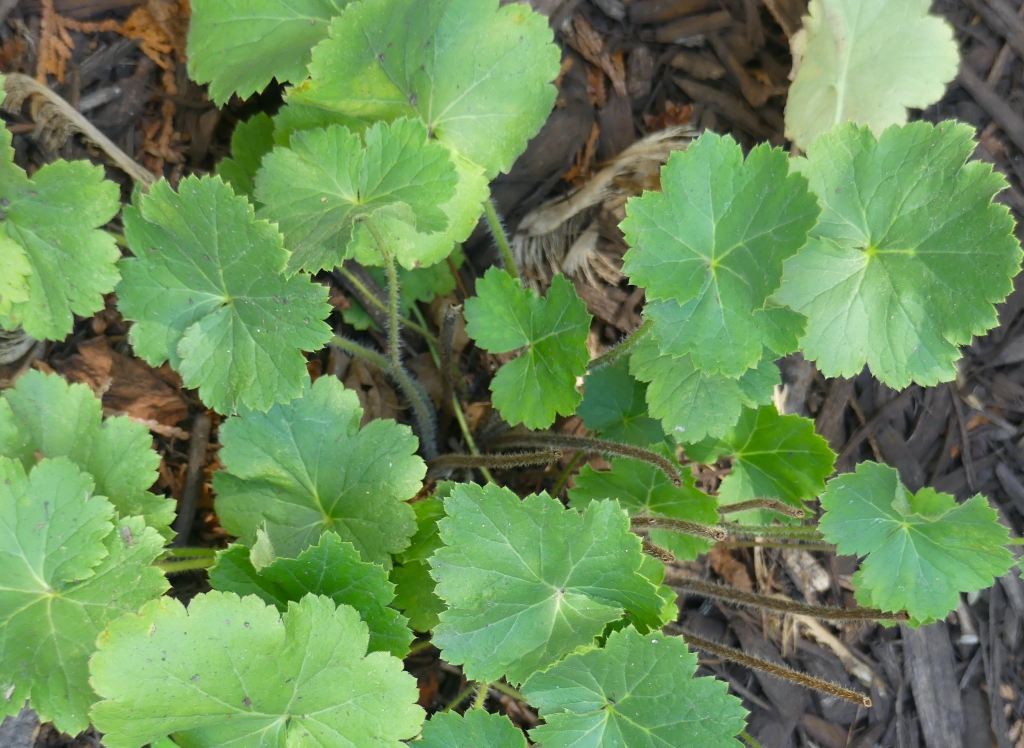“Even as the people changed the prairie, it changed them.” —John Madson
*****
You know the old saying, “Grasp the nettle?”
Don’t do it.

I’ve always believed in facing tough issues head on. I like to get the worst over with. That’s what this popular phrase always meant to me. But I’ll never hear “grasp the nettle” in the same way again after this week’s encounter. The story goes like this… .
April 9, I delighted in a red admiral butterfly—the first of the year!—on an unknown plant which showed up by my back door this spring. A friend mentioned the pretty leaves looked like stinging nettles. How cool, I thought. The word “stinging” sort of went right over my head. Another acquaintance noted that nettles are a host plant for several butterflies, but! I should be sure and wear gloves if I touched the plant.

All I heard was “butterflies.” Illinois Wildflowers notes that in addition to the red admiral butterfly, the comma butterfly…

…the question mark butterfly…

…and the Milbert’s tortoiseshell butterfly all use this plant. I love butterfly host plants! What’s not to like? Well.
Fast forward five weeks from that April sighting. Monday night, I decided to check the plants for caterpillars. Yes! There they were. Excited, I pried back the rolled leaves. One caterpillar… three… six… . It was about then when I realized I had made a mistake. It felt as if red hot needles were searing my fingers! As I read later, the hairs on the stinging nettle leaves shoot irritants directly into your skin.
Googling quickly, my husband Jeff and I read that soap and water will alleviate some of the pain of stinging nettles. Even better—sticking duct tape to the affected area and ripping it off will supposedly remove some of the plant’s chemicals. We gave it a go. It did help.

I’ve gardened since I was six years old, so how did I miss stinging nettles? This was my first—and hopefully my last—up close and personal experience with them. On the happy side, we have lots of red admiral caterpillars, in what appear to be their third or fourth instar.

Each caterpillar has rolled itself into a nettle leaf for shelter, almost like a half-open cannoli. The leaves are partially eaten away. Tiny black balls of frass—otherwise known as insect poop—stay in the leaf with the caterpillars. Can you spot the frass in the photo above?
Ted Scott, a Utah butterfly expert, says that as soon as one leaf is mostly consumed, the red admiral caterpillars will move to a different leaf for another meal.

Before long, Scott notes, the caterpillars should form chrysalises. He documents the process here—take a look.
If I look for chrysalises later this month, I’ll be more careful. The genus “Urtica” (from the Latin) is variously said to mean “to sting” or “to burn.” I can vouch for this.
As I nursed my painful skin, I read that nettles have a rich history in literature. In Hans Christian Anderson’s fairy tale, The Wild Swans, the princess must weave or knit shirts from nettles while staying silent to save her 11 brothers.

She looks pretty calm in that picture above. I’m impressed she could do the work without shouting.
I also discovered that some species of nettles are also used in textile work, resulting in a surprisingly soft cloth. Other species have been used medicinally, and by foragers in culinary dishes. Prepared carefully, I would assume. English poet Aaron Hill had a popular poem “Nettle” in the 1700s which began, “Tender handed, stroke a nettle, and it stings you for your pains… .” He sounds like he knows what he’s writing about.
Is the stinging nettle a blessing? Or a curse? I may need to place yellow crime scene tape around the nettles by our back door to keep unwary visitors from touching the plant. Not very attractive. Should I keep the nettles? As a native plant lover, I’ve never had a dilemma quite like this one. Even if these nettles are a native, like my golden alexanders…

…or my just-about-to-bloom prairie alumroot…

…stinging nettles are tougher sell. I will probably let the caterpillars use the plants this spring. After that? I’m not sure I want to risk another encounter. What do you think?
Of course, long after the pain is forgotten, won’t the red admiral butterflies be wonderful to see?

Worth the stings.
I think.
But next time I look for caterpillars on nettles, I’m wearing gloves.
*****
The opening quote is from John Madson (1923-1995), once editor of Iowa Conservationist magazine and journalist for the Des Moines Register. His classic book, Where the Sky Began (1982) remains a touchstone for prairie stewards everywhere. This quote is taken from a collection of his essays, Our Home. (1979). Read a longer excerpt in John T. Price’s wonderful collection of essays, The Tallgrass Prairie Reader (2014).
*****
Join Cindy for a program or class!
Dragonflies and Damselflies: Frequent Fliers of the Garden and Prairie, Tuesday, May 16, 10-11:30 CT via Zoom with the Garden Club of Decatur, IL (closed event for members). For information on joining the club, visit here.
The Tallgrass Prairie: An Introduction–on National Prairie Day! Saturday, June 3, 1-2:30 p.m. CT, Sterling Farmer’s Market (at the Pavilion) in Sterling, IL. Free and open to the public. Indoors in case of rain.
Literary Gardens Online –-Wednesday, June 7, 7-8:15 p.m. CT, Bensenville Public Library, Bensenville, IL, via Zoom. Free but you must register to receive the link (participation may be limited to first sign ups). For more information and to register, contact the library at 630-766-4642.
“In Conversation Online with Robin Wall Kimmerer,” June 21, 2023, 7-8 pm CT via Zoom. Brought to you by “Illinois Libraries Present.” Number of registrations available may be limited, so register here soon.
Beginning Dragonfly and Damselfly ID — Friday, June 23, 8:30am-12:30 pm CT, The Morton Arboretum, Lisle, IL. Registration coming soon.
More classes and programs at www.cindycrosby.com




